🎁 Free 30-day publishing fees on Pay-As-You-GO. Get 15% off when recruiting from the UserQ Panel, with code HELLO15
Design systems vs. brand guidelines: understanding the key differences

Consistency in design and branding is crucial to building a strong and recognisable identity. Design systems and brand guidelines are two powerful tools that help organisations achieve this.
While they share the common goal of ensuring consistency, they serve distinct purposes and cater to different audiences. Knowing their unique roles, benefits, and intersections is essential to understand how to use these tools effectively.
This article will clarify the key differences between design systems and brand guidelines by defining their scope, discussing their applications, and providing examples. By the end, you’ll be equipped to make informed decisions about which approach best suits your organisation’s needs.
What are design systems?
A design system is a collection of reusable components, guidelines, and tools that enable teams to design and develop scalable digital products consistently. It acts as a guide for building user interfaces (UI) that are both functional and visually unified across different platforms.
To ensure consistency, teams rely on design system guidelines that outline the principles and standards for every element in the system.
Key elements
- Component libraries: A repository of reusable UI elements such as buttons, forms, and navigation menus.
- Design tokens: Variables for colours, typography, spacing, and other design attributes, ensuring consistency across projects.
- Design system guidelines: Documentation that defines how to use components and design principles effectively.
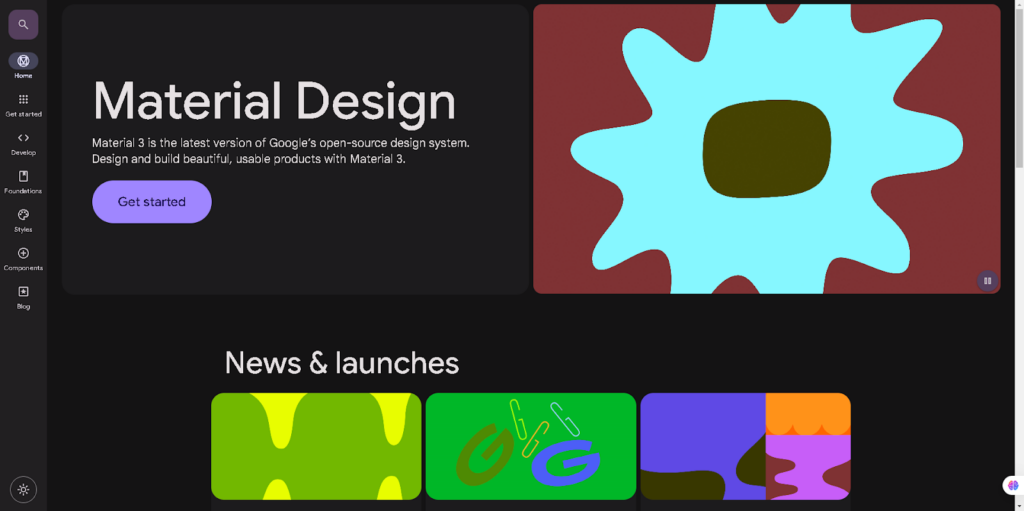
Design System Examples
Leading organisations have developed robust design systems to streamline product development:
- Google’s Material Design provides detailed specifications for creating intuitive and adaptable UIs.
- Shopify’s Polaris is tailored to build seamless e-commerce experiences.
Focus on digital platforms
Benefits
- Efficiency: Teams can reuse pre-built components, speeding up the design and development process.
- Consistency: Ensures a unified look and feel across products, enhancing the user experience. 68% of companies report that brand consistency has contributed 10% to more than 20% of their revenue growth.
- Scalability: Adapts easily to the growing needs of organisations as they expand their digital presence.
What are brand guidelines?
Brand guidelines provide a high-level framework for maintaining a cohesive brand identity across all touchpoints—both digital and physical. These guidelines ensure that the brand’s visual and verbal identity remains consistent, regardless of the medium.
A well-defined set of design brand guidelines helps teams translate these principles into actionable rules for creating on-brand designs.
Key elements of design brand guidelines
- Logo usage: Specifications on how to display logos, including spacing and placement.
- Typography: Approved fonts and type styles for various applications.
- Tone of voice: Guidelines for maintaining a consistent brand voice in communications.
- Colour palettes: Defined colours for use in both digital and print materials.
- Imagery: Guidelines on using photos, illustrations, and decorative elements, including subject choices and stylistic considerations.
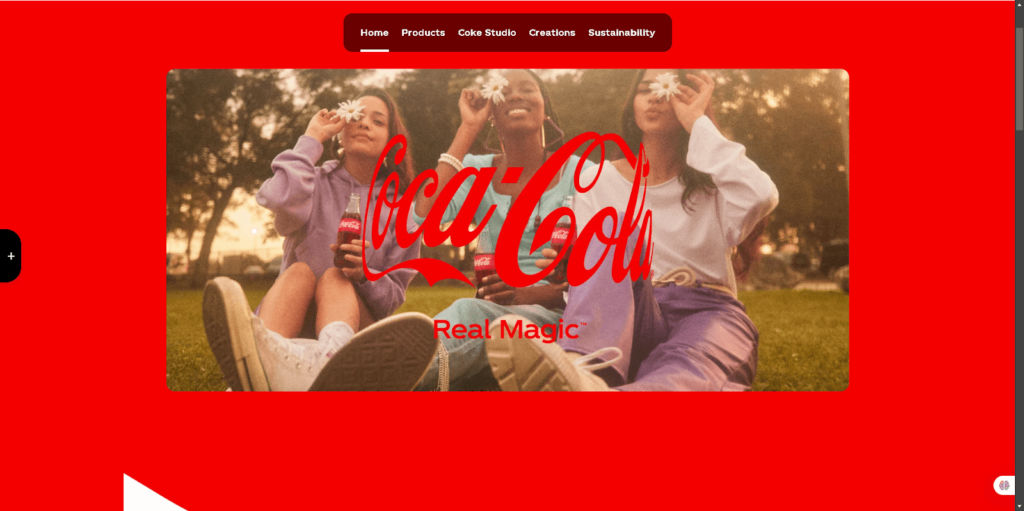
Application across touchpoints
CMYK and Pantone considerations
Benefits
- Trust and recognition: A consistent brand identity builds customer trust and strengthens recognition. According to a recent report, 81% of consumers need to trust a brand to consider buying from it.
- Comprehensive identity: Ensures a seamless experience across digital and physical platforms.
- Flexibility: Provides clear rules that external vendors and agencies can follow, maintaining consistency.
Key differences between design systems and brand guidelines
| Aspect | Design systems | Brand guidelines |
| Focus | Primarily digital, enabling interactive and scalable UIs. | Encompasses both digital and physical applications. |
| Colour modes | RGB is optimal for digital screens. | CMYK and Pantone ensure fidelity in printed outputs. |
| Components and assets | Reusable, interactive components like buttons and menus. | Static templates and rules for logos, typography, and colours. |
| Target audience | Designers and developers. | Marketing teams, external vendors, and agencies. |
Where do design systems and design brand guidelines intersect?
Shared goals
Both tools aim to achieve consistency across platforms and touchpoints. They work together to ensure that a brand’s identity remains cohesive, regardless of the medium.
Digital and physical synergy
Case studies
Brands like Airbnb demonstrate how to successfully integrate design systems and brand guidelines. Airbnb’s Design Language System (DLS) seamlessly aligns with its brand identity to create a consistent experience across digital and physical touchpoints.
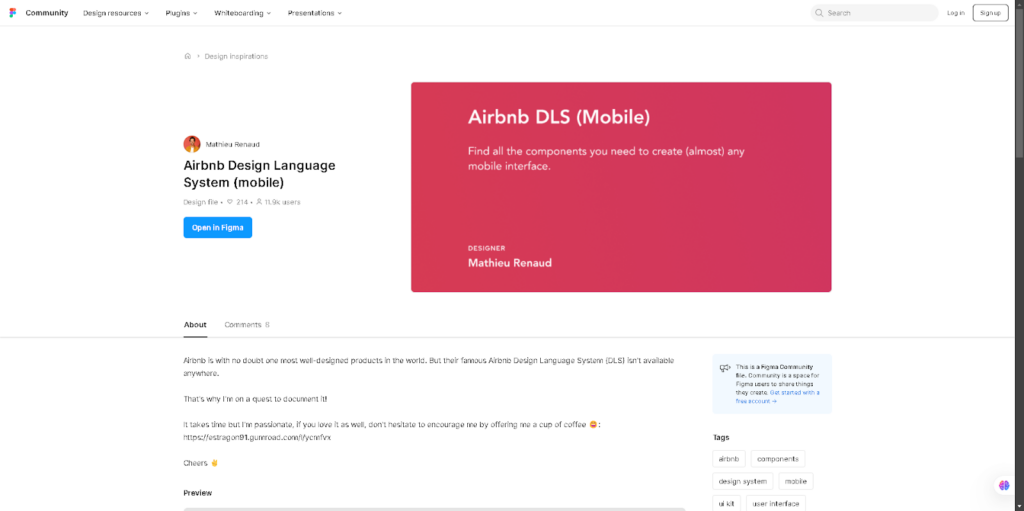
Choosing the right approach for your organisation
Deciding whether to prioritise a design system, brand guidelines, or both depends on your organisation’s specific requirements and long-term goals. Here are some factors to consider:
- Starting with brand guidelines: If your organisation is focused on building a strong, recognisable identity across all mediums, start with brand guidelines. These serve as the foundation of your branding efforts. For example, 77% of marketers agree that building a strong brand identity is critical for company growth.
- Focusing on design systems: For companies with a significant digital presence, investing in a design system ensures consistency and efficiency in product development.
- Combining both: To achieve the best of both worlds, align design systems with brand guidelines. This approach ensures that both your digital and physical touchpoints maintain a cohesive identity.
Implementation strategies
Creating and integrating design systems and brand guidelines can be a challenging but rewarding process. Below are some actionable strategies:
- Conduct a brand audit: Evaluate your existing branding and design assets to identify inconsistencies and gaps.
- Collaborate across teams: Involve designers, developers, marketers, and external vendors to ensure alignment between digital and physical branding.
- Leverage tools: Use platforms like Figma, Sketch, Storybook, or zeroheight to develop and manage your design system and brand guidelines collaboratively.
- Incorporate User Testing Platforms: Another key step is to validate your design systems and brand guidelines through user testing platforms. Tools like UserQ allow you to gather real-time feedback on your designs and brand elements. This will help you understand how users interact with your designs. You can identify pain points, refine usability, and ensure your branding resonates with your audience.
- Update regularly: Both design systems and brand guidelines need to evolve as your brand grows and your audience’s needs change.
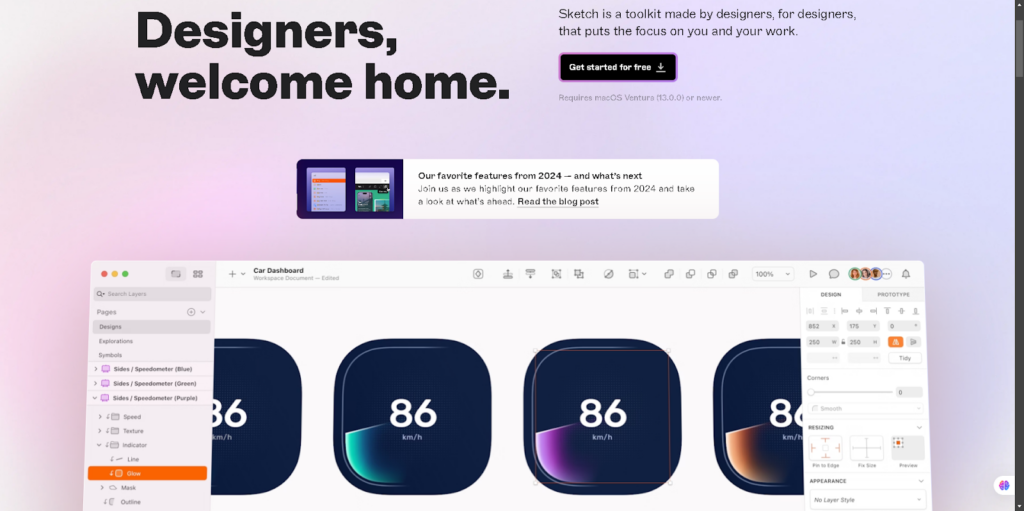
Use platforms like Sketch to build and manage your design system and brand guidelines collaboratively.
Future trends
Technology is shaping how brands approach design and branding. Automated tools are helping organisations bridge the gap between digital and physical branding, making it easier to ensure consistency. For instance:
- AI-powered platforms like Frontify are being used to manage living brand guidelines that evolve with business needs.
- Advancements in no-code and low-code design tools allow non-technical teams to implement changes faster.
- Real-time updates in collaborative platforms like Adobe XD and Figma are enabling teams to keep their branding and design tools up to date.
Organisations that embrace these innovations are better positioned to maintain relevance and adapt to an ever-changing market.
Conclusion
Design systems and brand guidelines serve distinct yet complementary purposes. While design systems cater to digital platforms with reusable components, brand guidelines provide a broader framework for maintaining a cohesive identity across all touchpoints. Together, they form a powerful duo that helps organisations build consistent, impactful, and recognisable brands.
To catch up in today’s competitive landscape, businesses must evaluate their needs and refine these tools to ensure a seamless experience for users and stakeholders. Start by aligning your design system vs. brand guidelines strategy, and watch your brand’s impact grow!
Related Post

The benefits of user research
User research is typically a key part of product development and business growth all around the world, but here at

10 Warning signs of a
User experience (UX) design is critical in shaping the end-user’s interaction with digital solutions. As it plays a vital role
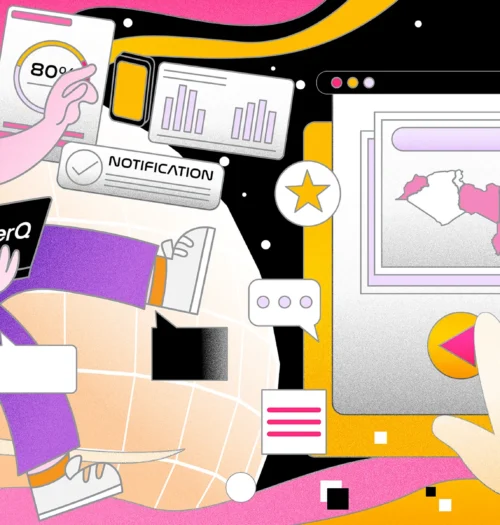
Potential of AI in UX
With companies prioritising user-centric design to satisfy customer expectations, the Middle East and North Africa (MENA) area is a fast
Subscribe to our
product newsletter!
Receive emails about UserQ updates, new features,
offers and latest trends.


